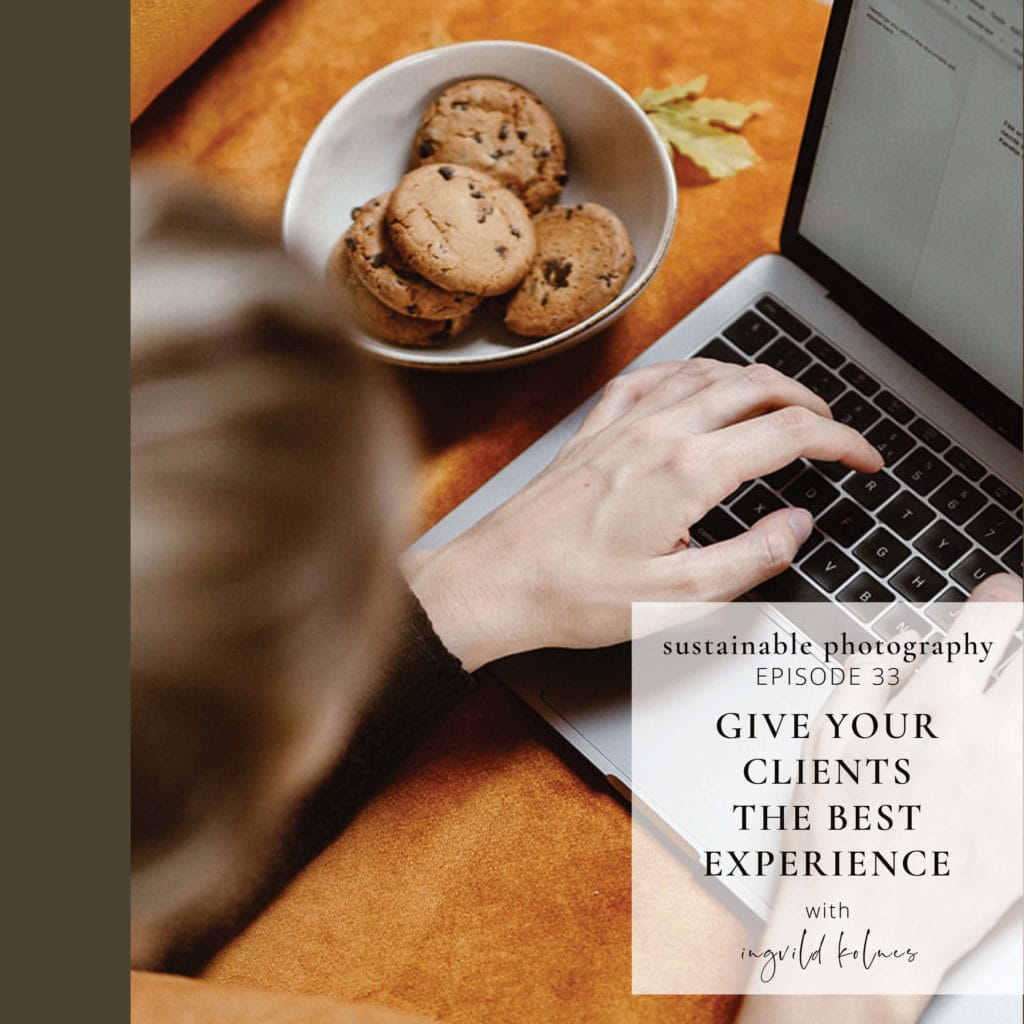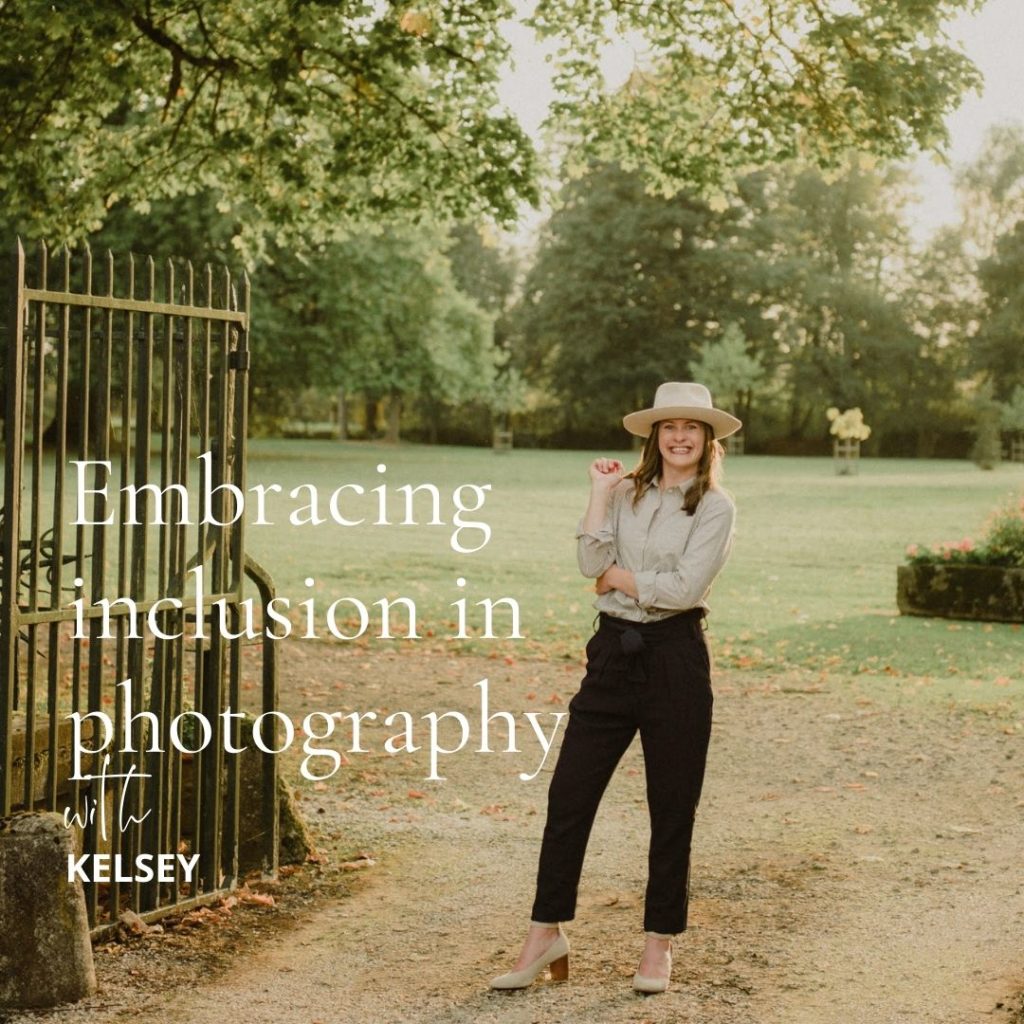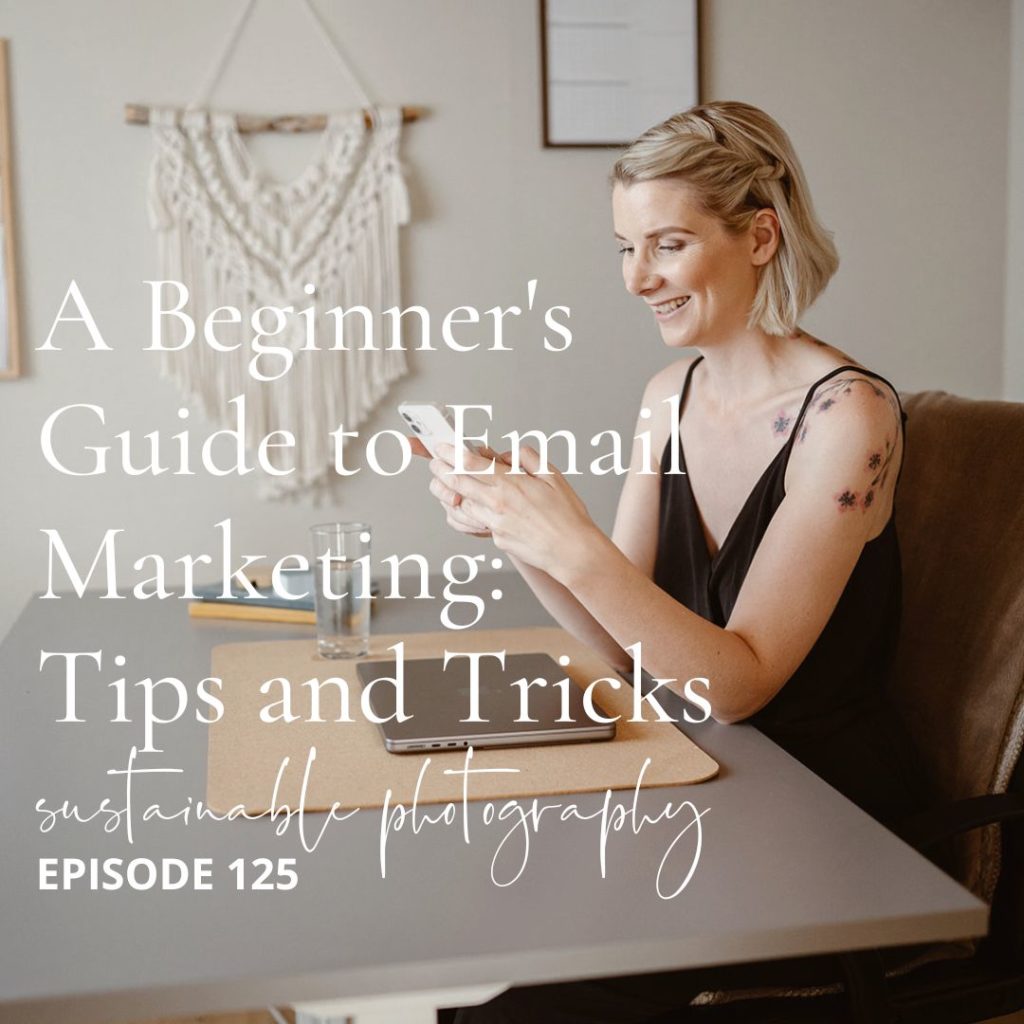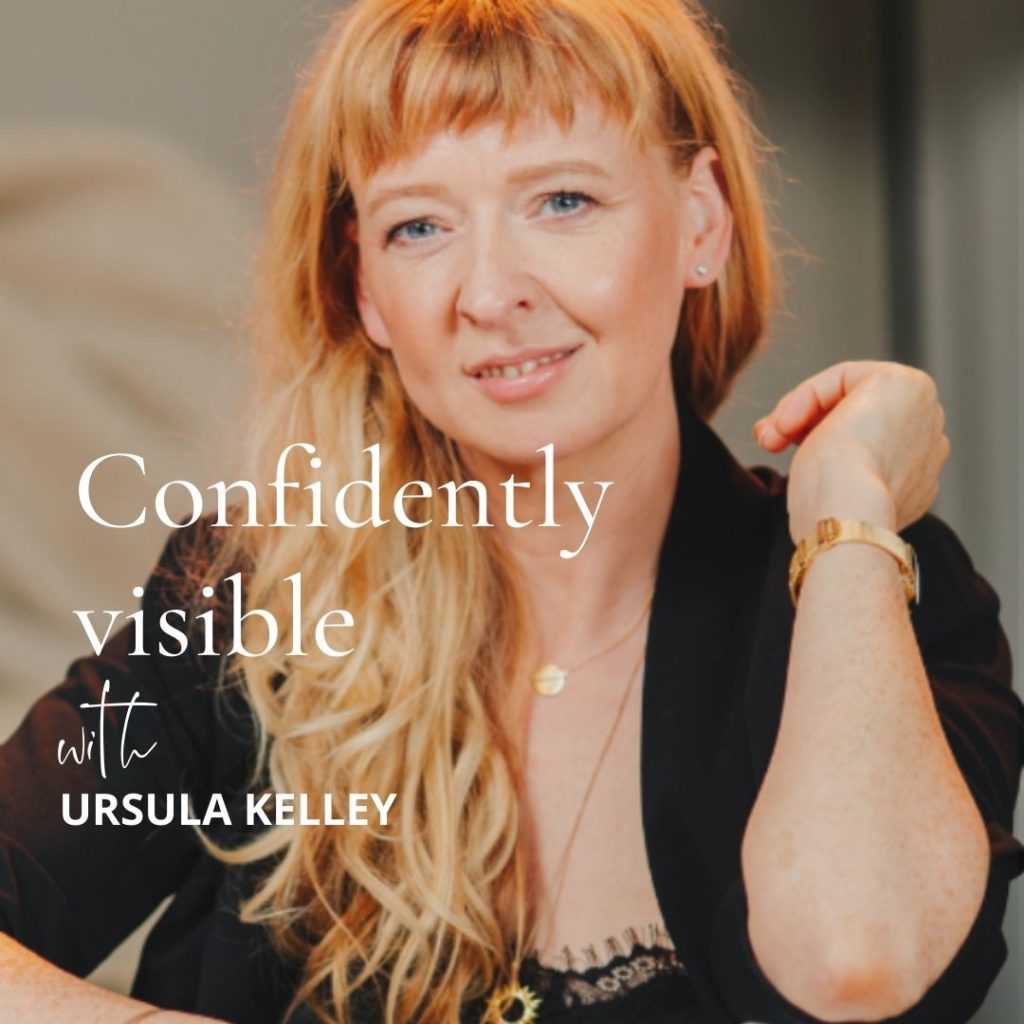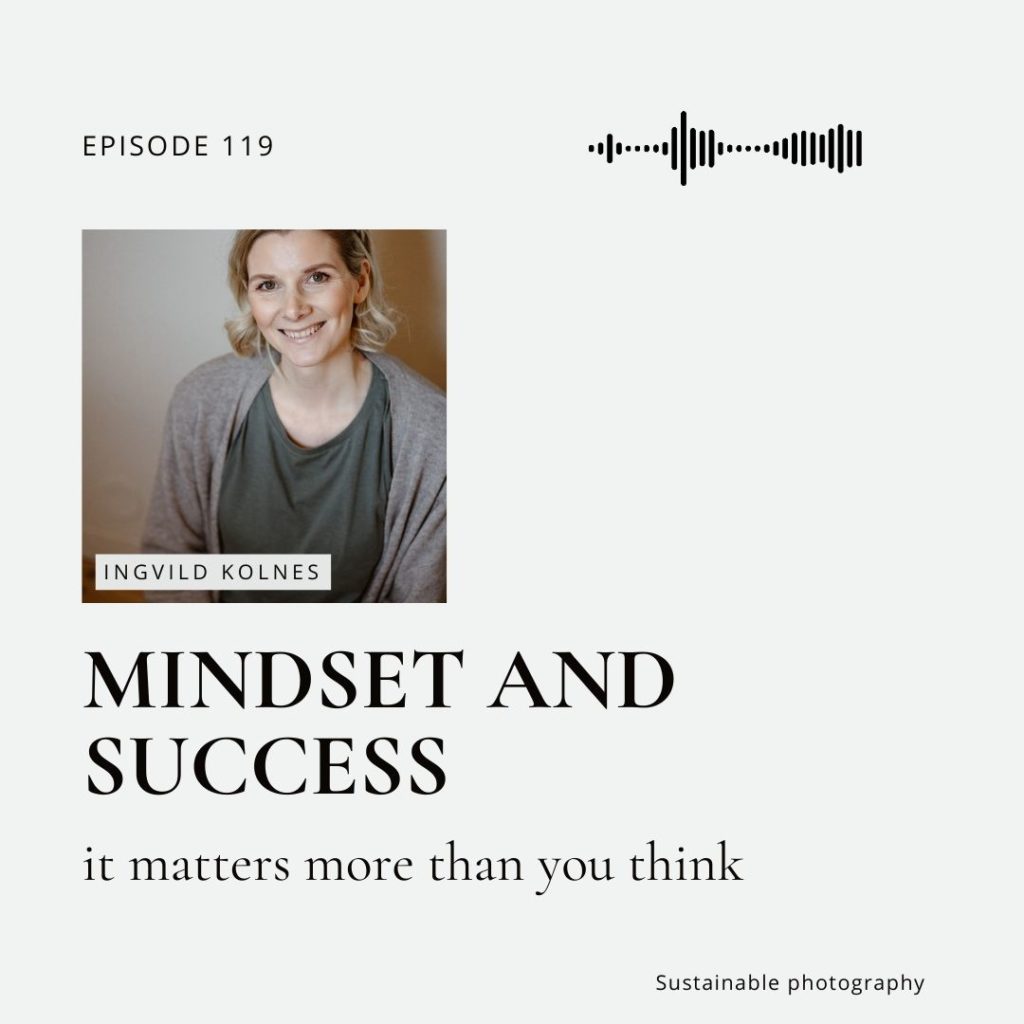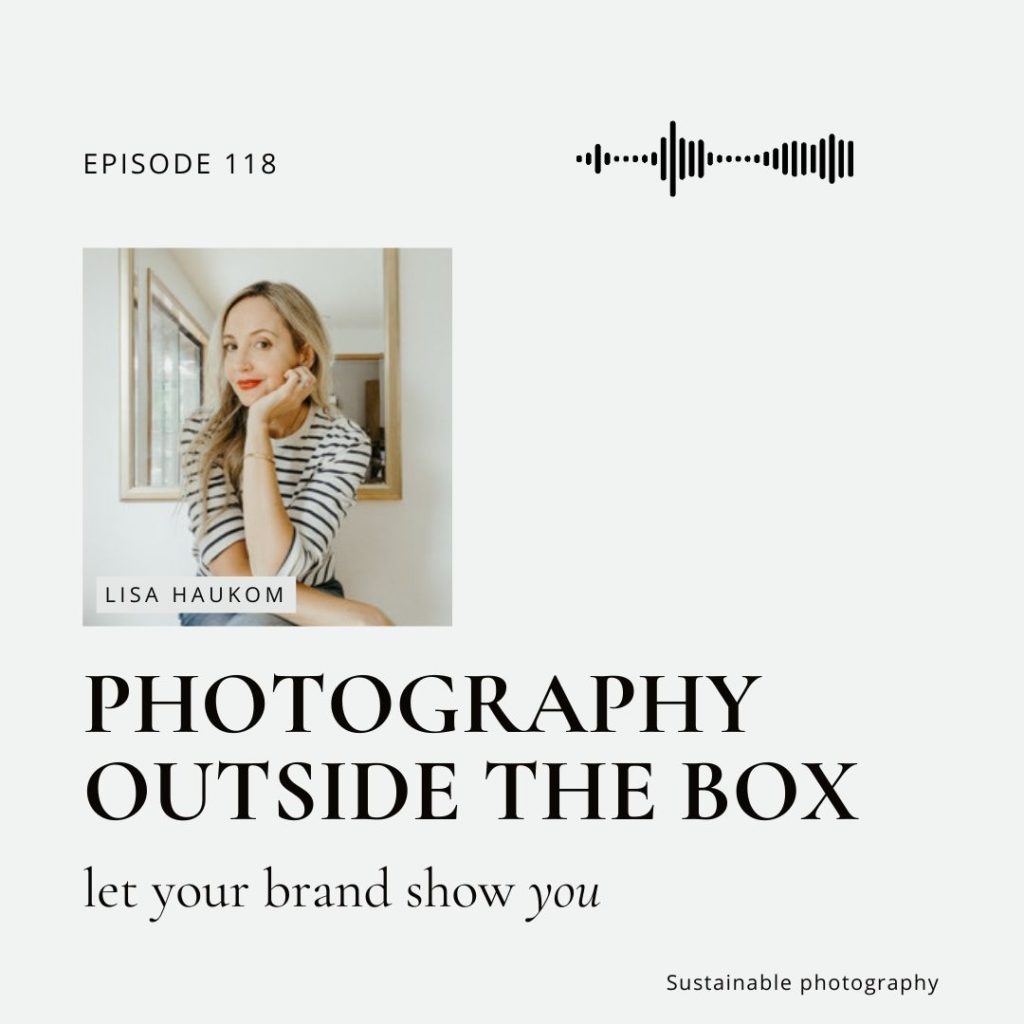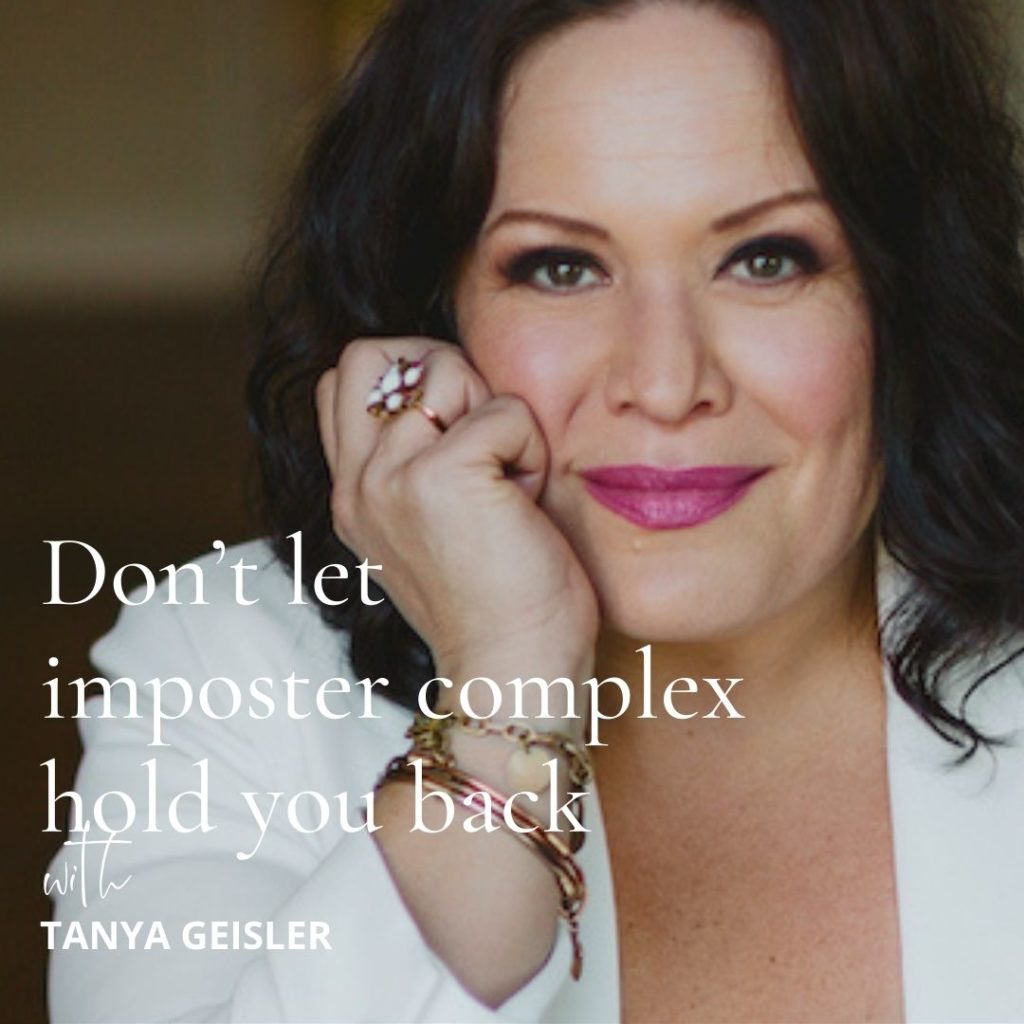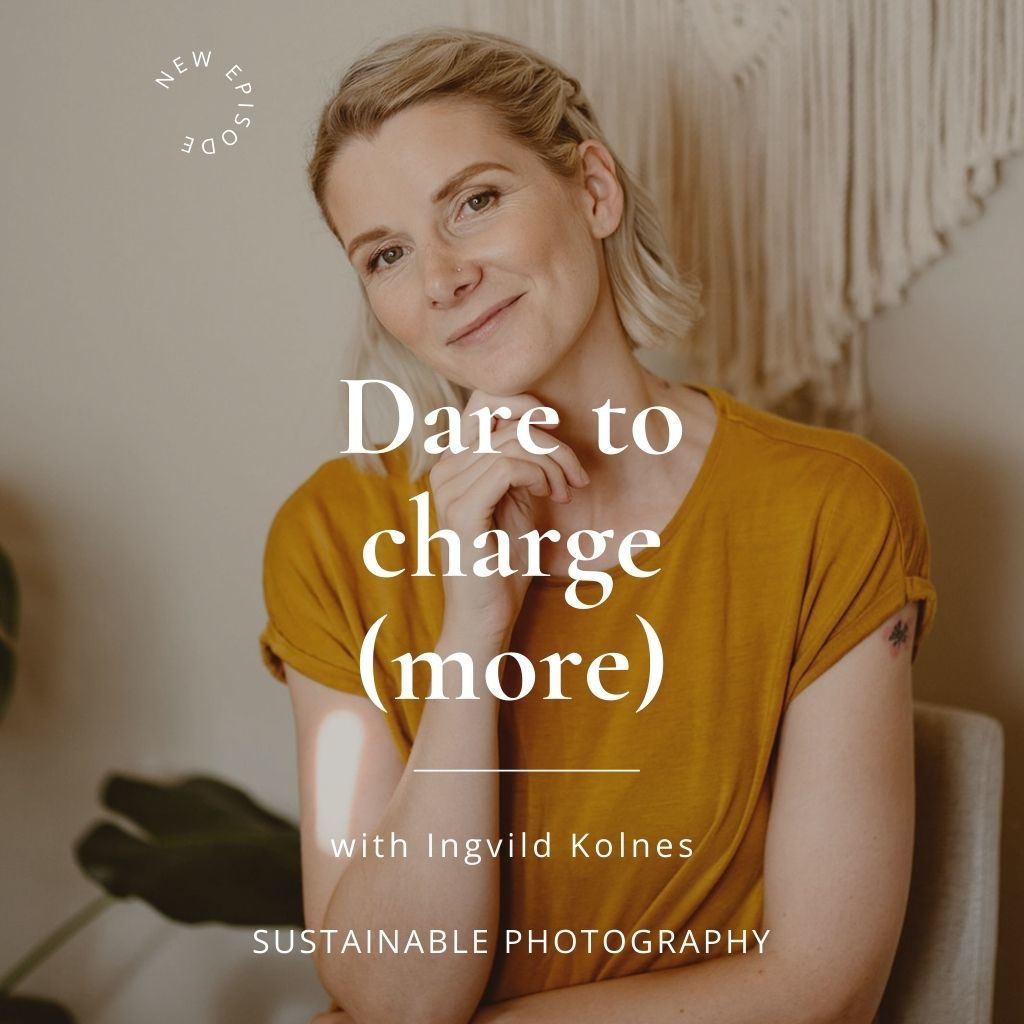33. How do you want your photography clients to feel?
Photographers are very focused on creating art, storytelling, and photography, but in order to be the best photographer and business owner you can be, an essential part of the package is the way you make your clients feel.
Set and inform about boundaries and processes.
Most people haven’t worked with a photographer before, and probably not with YOU. Even so, you might have changed things from the last time you worked with them, so it could be a good idea to have your client go through your process. That means all the information they need to not only get the photos they are expecting but to have the best possible experience working with you as well.
A big part of this is you getting clear on your boundaries, guidelines, and process.
Do you work evenings? Every weekday? Weekends? Do you retouch your photos, do you need 3 months to deliver your completed galleries, and do you only sell products and never digital files? You have to decide what’s right for you – and then you have to tell your clients about it. Hopefully wrapped in a way that shows how that benefits your client.
When you tell your clients about how you work and what they get from you they get reassured and know what to expect. If you don’t say anything people might start questioning what you’re doing and even worse start feeling unsure and uncomfortable.
Communication and information are key
Pretty much any piece of information can be angled in a way that benefits your client. And honestly – most photographers suck at this. Most talk about why they do things, what they like and what they want. Please hear me when I say; stop it! You’re missing out on such a huge opportunity when you’re not talking about your client and how what they get and what you do benefits them. Let’s say you reply to emails Monday to Friday. You can know that it’s because you want weekends off. But you don’t have to say that. You can either leave it as it is; “You get a reply within 48 hours Monday to Friday.” Or you can add a sentence saying “To ensure you get the thoughtful reply that you deserve, you get a reply within 48 hours Monday to Friday.” “I don’t know how to use photoshop” can instead be “You’re beautiful enough as it is so you don’t have to worry about any manipulation happening with your images”.
So first – you have to decide what’s right for you, and then you phrase it in a way that benefits the kind of client that you want to work with.
If you do your thing and stay true to that, you get to do more of that and your neighbor photographer gets to do more of their thing.
I don’t have the facts. I don’t think there’s a right or wrong. I’m just telling you what I believe and how I see things. And if you believe what I do and you think my way of looking at things sounds like what you want more, maybe you’ll want to work with me and have me as your mentor. But if you don’t believe that I’m right then that’s ok. You should find someone else to work with. And that’s why sharing values and beliefs with your followers is so brilliant. Because if I hide my way of seeing the world and what makes me different then you won’t know if we’re a good match or not. And if you start working with me and you completely disagree with me and you want to solve your problems in a different way you won’t be happy and you won’t get any results. And it’s the same for photography. So yeah, if you want to work with me you should definitely get on the waitlist for my mentor program.
Always promise less than what you are planning on doing – and give more
When you inform your clients about what they can expect from you, you want to make sure you promise them less than what you give. If you say they can expect an answer back from you as soon as possible, but within 2 days, then you’re setting yourself up to give a bad first impression if that answer doesn’t come until 2 days have passed. So set a deadline that you know you have no problem holding. Remember – YOU set the expectations. It’s your job to let the client know what they should expect from you. If you say you’ll get the images this week, you can’t then say the following week, they’re almost done now – I had something personal come up. You should always expect something to “come up”, and set your deadlines accordingly. Set yourself up for success, and do what you can to make your clients happy within the boundaries that you are comfortable with.
You are the professional, it’s your responsibility to set boundaries and give information
“Oh nooo, why did my clients choose THOSE clothes?”
“Why are they asking for their images the day after their wedding?”
“Why are they getting annoyed when I tell them retouching is extra?”
You might think that people should just know how things should work, and what to expect when working with you. But honestly, YOU are the professional, it’s your job to explain how things work. Even though something is industry standard, it doesn’t help. You have to give information again and again and make sure it’s understood. Your clients might never have worked with a photographer. Or seen other photographers’ images who look nothing like yours, and not understand why yours are different or why you do things differently than another photographer they have worked with before.
Take care of your clients
Your clients don’t always know what’s best for them. They might think that the middle of the day is best for wedding day portraits because that’s when there’s time for it, or that they want web size files when you know that they want wall prints. Use your expertise to educate your clients, and potential clients. That way you come across as being the expert that they need, but you also let them know what they need to believe to get the best experience working with you. If you normally ask your clients to show up in neutral clothing and you always photograph them in nature, but they insist on showing up in bright colors and high heels they can’t walk on, then they will probably be left with a less than ideal experience. The colors won’t match and they will look really uncomfortable in the photos since they can’t move around. That’s why it’s not enough to say what you’re all about. You have to be on the same page with your clients. And you have to be prepared to say no if it’s not a good match. Right there and then it might feel like you’re turning away money, but in the long run, you’re staying true to your brand and your values, and you’ll get so much further.
Learn from your mistakes.
What and how can you be clearer. Sure, complain to your friends, but never to your clients when YOU have made a mistake. And you will make mistakes. It’s not enough to have information on your website, or in your contract even. You have to explain and make sure it’s understood. Which means repeating it many times, often in different ways. If written information isn’t working, bring it up in your conversations, make a video for them, refer to it in your questionnaire, and have them confirm they have understood it. Test your workflow and your information to non-photographers. If they have any questions or hesitations it means that you are not being clear enough. Make it easy, make it understandable. If it takes longer to edit a session because the lighting was bad, don’t tell your clients that. Make a note to tell your next clients how to improve the lighting, and increase your prices to cover this in the future. YOU messed up if you didn’t take difficult editing situations into the account. You should have informed your clients of how they can get better photos / make your life easier – see how you can frame that in a way that benefits your client?! You can also tell future clients that if they don’t take your lighting tips into account you’ll add on a fee for editing. There are many solutions to this, but only you know what suits you and your brand. That’s why I always say that everything is pieces of the same puzzle, and you can’t just do one thing better, and then your business will be better. You, your brand, your pricing, your marketing, your workflow – it all ties together.
Take note of other businesses you come across – how are they making you feel? And start thinking – how do you want YOUR clients to feel? What can you do to make that happen?
Want more?
Learn more about the Sustainable Photography Program


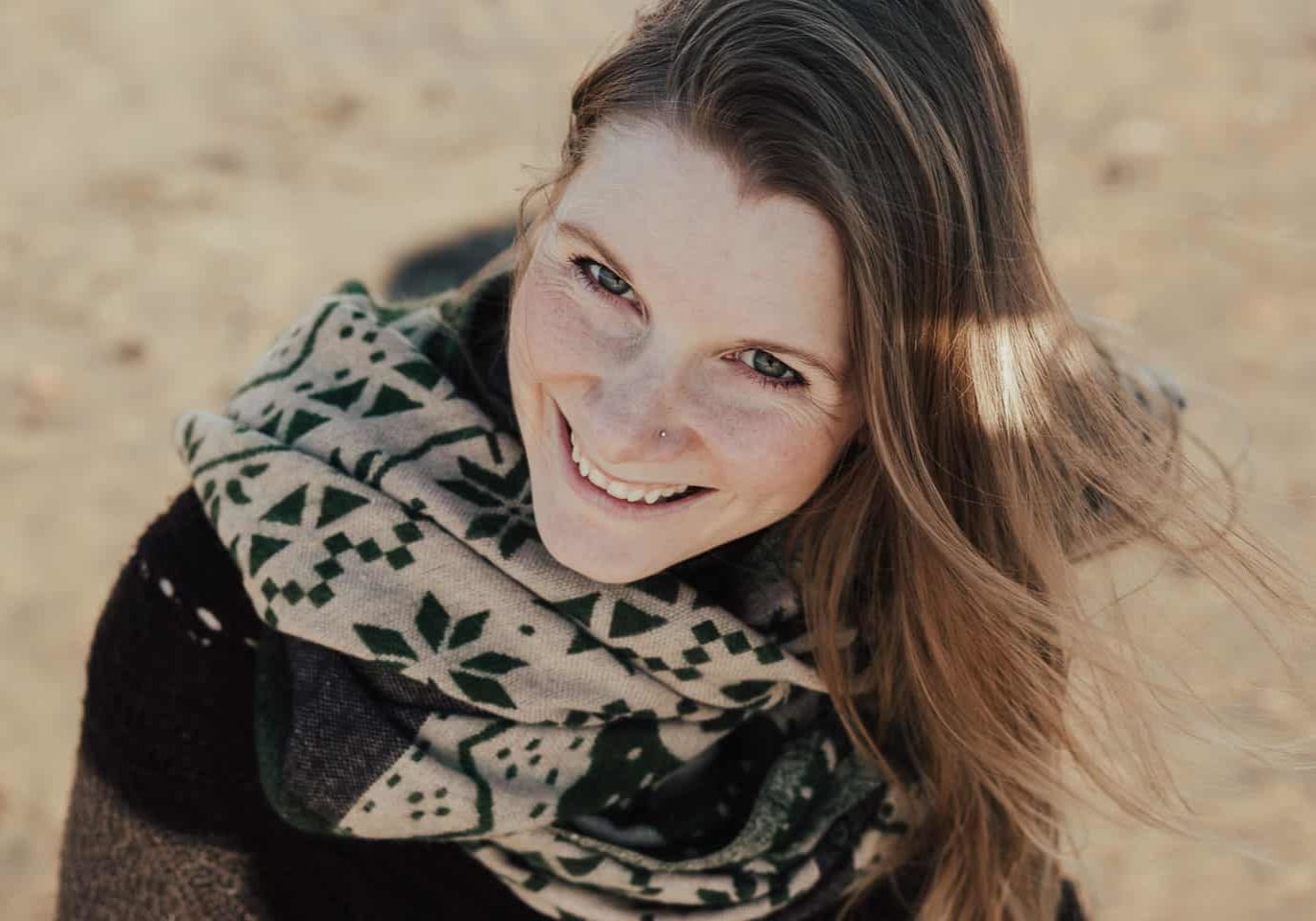
hi, i'm ingvild
This podcast is all about education and inspiration for photographers. A sustainable business is profitable and lasting. Instead of short-term wins you want to make sure you’re doing things that matter. Both to yourself, and to create the business you want. The goal of this podcast is that it will help you build and structure your business around your life, instead of the other way around.
